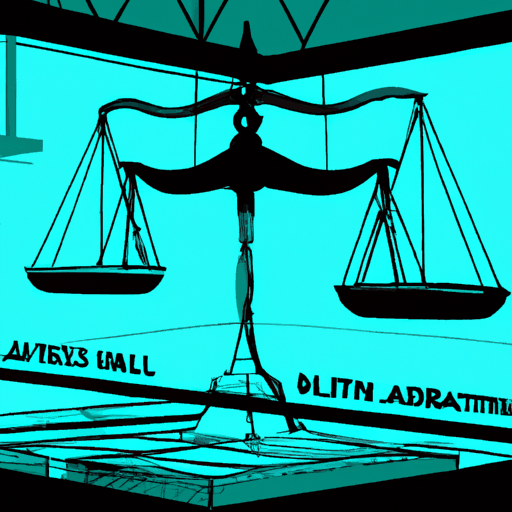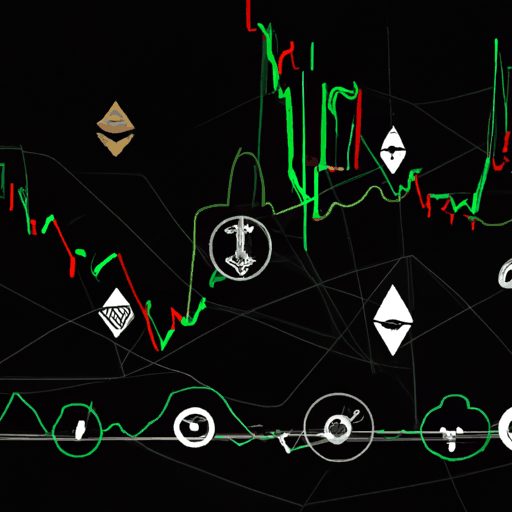
OpenAI Maintains Nonprofit Control Amid Legal Issues with Elon Musk
By: Isha Das
OpenAI has announced a strategic reversal from its previous plans to transition into a traditional for-profit entity, reaffirming its nonprofit roots by restructuring its for-profit unit into a Public Benefit Corporation (PBC). This change in strategy emphasizes OpenAI’s commitment to the public interest in advancing the development of artificial general intelligence (AGI). The PBC model allows the organization to raise capital while maintaining nonprofit oversight, a move common among advanced AI research labs aiming to balance financial needs with safety and long-term societal impacts.
Sam Altman, CEO of OpenAI, has reiterated the importance of retaining nonprofit control as critical to the organization’s mission of responsibly scaling its operations. The decision to uphold this structure arose after consultations with civic leaders and regulatory bodies, emphasizing the company’s intention to make its nonprofit arm highly effective in ensuring AGI benefits are widely accessible. OpenAI’s shift to a more conventional capital structure, where stakeholders have stock, further supports this goal.
This organizational transformation comes during heightened legal tensions with Elon Musk, co-founder of OpenAI, who has been vocal about the company deviating from its original mission. Musk has pursued legal action to prevent OpenAI’s drift towards profit-oriented objectives. Furthermore, he made an unsuccessful $97 billion bid to acquire OpenAI’s nonprofit controlling arm, which compounded the ongoing dispute. Musk’s legal representatives have downplayed OpenAI’s recent structural changes, suggesting they serve the interests of private parties.
In response to Musk’s actions, OpenAI has filed a countersuit, alleging efforts to sabotage its standing through a fake acquisition offer and a targeted campaign to undermine its reputation. The restructuring, while still awaiting Microsoft’s approval, serves to further OpenAI's mission to align progress in AI technology with the broader public good, amidst complex legal confrontations and strategic shifts in the company’s operational framework.



